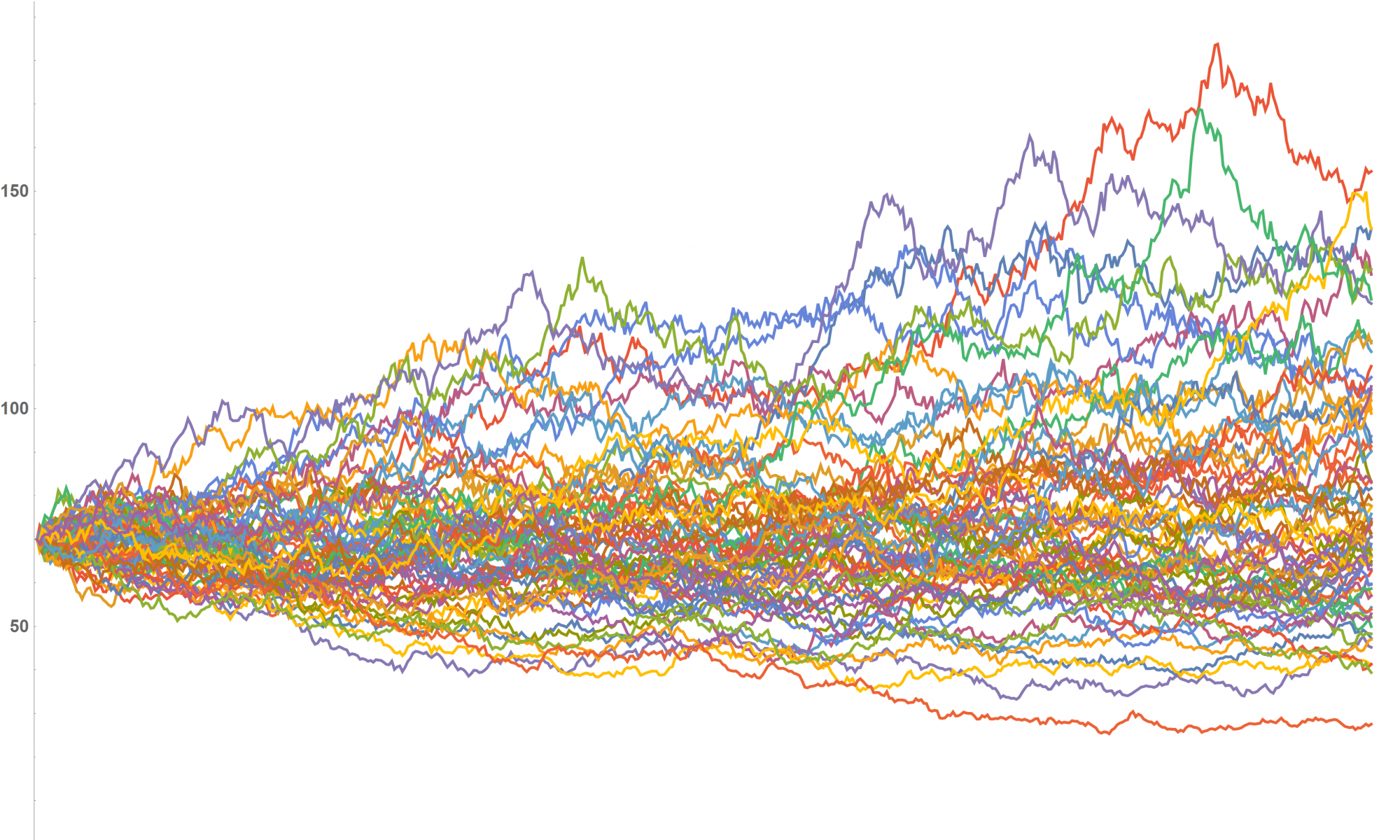Temperature Control in the Production of Heavy Plates
Problem overview
Heavy steel plates are used, e.g., for sour service pipelines, as structural steels for offshore constructions like jackets or wind towers, pressure shafts of pumped storage plants and for the mobile-crane industry as well as for concrete pumps. Typical thicknesses are up to 40 mm for line pipes, up to 150 mm for offshore constructions.
To obtain (high strength) plates that are able to resist high stresses and show very good toughness properties, the control of the recrystallization and the softening behavior is essential. This softening is influenced by the strains and strain rates during hot rolling, the temperature history and the alloying elements, especially niobium.

For the control and prognosis of temperatures at different locations on the surface and within the plate, a fast and reliable solver for the nonlinear heat transport equation should be developed that is able to resolve the massive temperature drops at the surface when entering the (cooled) rollers of the stand.

Results and achievements

Calculated temperature at the surface (blue), in the center (yellow) and at 75% height (red). In the specific example, fifteen hot rolling passes were performed. The drop at the very right comes from accelerated cooling.
